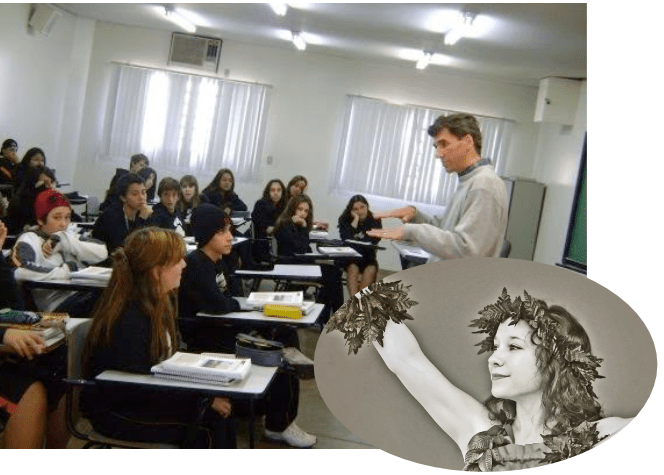What is the biggest problem teachers face?
The wide spectrum of student ability. That’s the biggest thing that separates teaching from other learning structures like mentorship, apprenticeship, home-schooling, and self-motivated dabbling.
The wide spectrum of student ability is the biggest problem, because when a teacher tries to stand up in front of 20 students and teach something, they can be guaranteed that some of their top students already know it, and that some of their bottom students are still struggling with last year’s stuff.
So what is the solution?
There’s no secret there – it’s to engage a wide spectrum of student ability. Teachers achieve this by giving good problems, and by enthralling students through charisma.
What is a good problem?
A good problem is one which satisfies the curricular objectives of the teacher, and engages a wide spectrum of student ability.
Is that realistic?
Absolutely. There are enough good problems – so there is no need to bore the top students or befuddle the lower students.
We have all heard students ask “What is the purpose of learning this math?” Perhaps many teachers struggle with the same question. What is the purpose of all of these “good” problems? What are we trying to accomplish?
The answer depends on who is asking. When a student asks “What is the purpose?” it is usually best translated as “I don’t like this.” If the educator is teaching with passion and making mathematics glow, then this boils down to a maturity issue. Sometimes hard work is required. That’s life.
When a mature person asks “What is the purpose?” then the answer is simple: “To help us think.”
